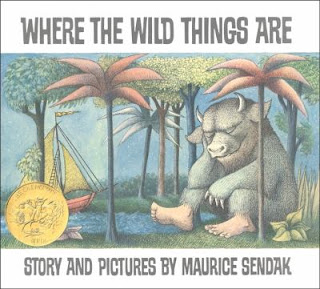Sleep late. Read often. Enjoy your summer.
As the school year rapidly comes to an end, teens are eagerly anticipating a lazy summer spent hanging out with friends and catching up on books and television shows. But…by 3:00 p.m. on Sunday…every teen will utter the two phrases most feared by those over the age of 30 – “I am bored. There is nothing to do.” It does not matter that school ended only a couple days prior and the idea of blissfully sleeping late every day has already lost some of its luster. Teens have gone from overscheduled to unscheduled in a heartbeat. How to remedy this? Point your favorite teen towards the Mercer County Library (MCL). Much has been made recently of “summer slide” – the loss, or backslide, of academic skills that may occur during an unstructured period of time such as summer break. School districts have generally assigned summer reading and some have gone beyond the Language Arts curricula and have assigned Math, Science and Social Studies summer work. In any of our branches, teens wi...






